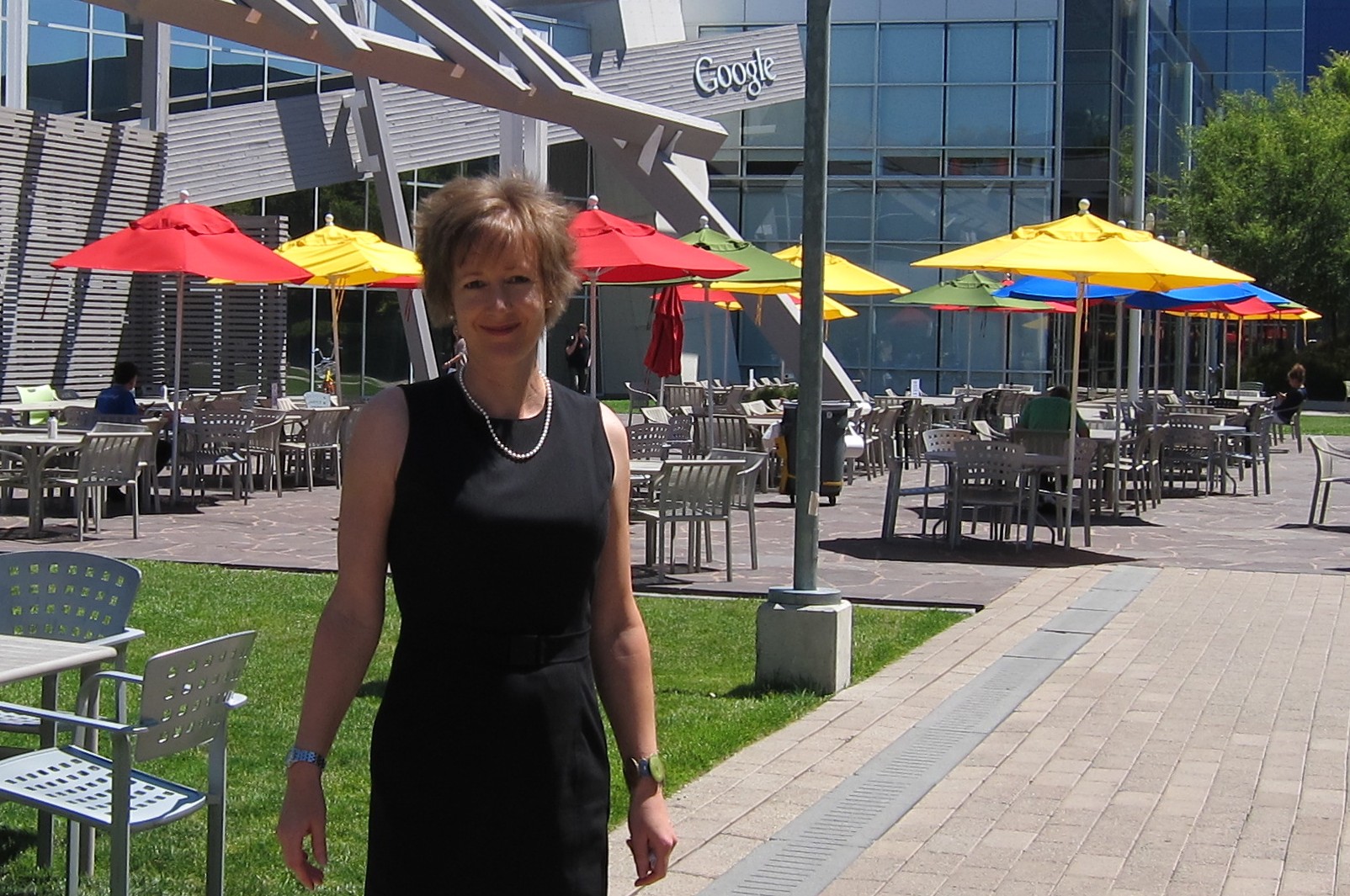By Alison van Diggelen, host of Fresh Dialogues
TRANSCRIPT of Google Interview with Parag Chokshi, Clean Energy Pubic Affairs Manager. Recorded on Friday July 8, 2011. The interview has been edited for length. Highlights here.
Alison van Diggelen: Today, we’re at the Google Headquarters in Mountain View California. I’m here with Parag Chokshi, and he is Pubic Affairs Manager of Clean Energy at Google.
(Parag) You have an audacious goal at Google: to make renewable energy less costly than coal. …
Parag Chokshi: That’s right.
Alison: How is that target going and can you talk on that target?
Parag: Sure…there are a lot of initiatives that we do in support of that goal. There’s an internal effort – an engineering effort – that focuses on solar thermal technology, so that’s another piece of getting to that goal. And of course there’s the Energy innovation study that we published just last week. We’re really trying to provide some data on the long-term impact of investment by the public and the private sector in an effort to spur more investment and to get other folks involved toward getting to that goal.
There are a lot of pieces to it: an internal engineering team, the investments we’re making and then some efforts in the policy and advocacy space.
Alison: What were some of the most exciting conclusions that the report made?
Parag: There were some really exciting conclusions around the EVs (electric vehicles). You could see 90% penetration of EVs by as quickly as 2030, if battery technology really gets on those aggressive cost curves.
Alison: That seems to me a big IF. There are some costs constraints and some technology constraints…can you elaborate on what they would be to get a 90% market share of electric vehicles.
Parag: Yes.
Alison: It seems a bit of a pipe-dream right now…
Parag: Well I think it was a $100 per kilowatt-hour battery that would get us there. If I’m not mistaken I think we’re in the $300 range right now. And that would be for a 300-mile range. So, that’s very aggressive but we wanted to look at aggressive scenarios to see what are the possibilities. And I don’t know if we have a definitive conclusion on how to get there. And I think that’s something that we’re hoping this study spurs some debate around different types of incentives to get us there.
Just delaying five years on getting on these cost trajectories…the cumulative impact was something in the order of $2-3 Trillion of GDP, and when I say cost I mean it’s…
Alison: Opportunity cost?
Parag: It’s the opportunity cost. Exactly.
Alison: What is Google’s attitude to people who say that cleantech, investment and especially the government’s support of cleantech is going to cost jobs?
Parag: We have to take a long-term view. That’s why the study looked at 2030 and all the way to 2050. If you look at the long-term impact and if we can really get on these cost curves, we think there’s a positive impact there. And so we wanted to provide that data, we wanted to see what that impact would be. It’s a positive impact. It’s not just…
Innovation pays off big in a wide range of ways. It’s jobs – I think more than a million jobs by 2030, it’s GDP, there are emissions. So, there are a lot of benefits.
To be continued …
Check back soon for Google interview segments on:
Google’s $700 M green spending spree
How Google chooses green investments
Green@Google – a day in the life of a Googler
The interview was recorded on July 8, 2011 in the Nairobi Conference Room, Building 43, Google Headquarters in Mountain View California.
For more videos and interviews check out our ARCHIVES and Fresh Dialogues YouTube Channel.





